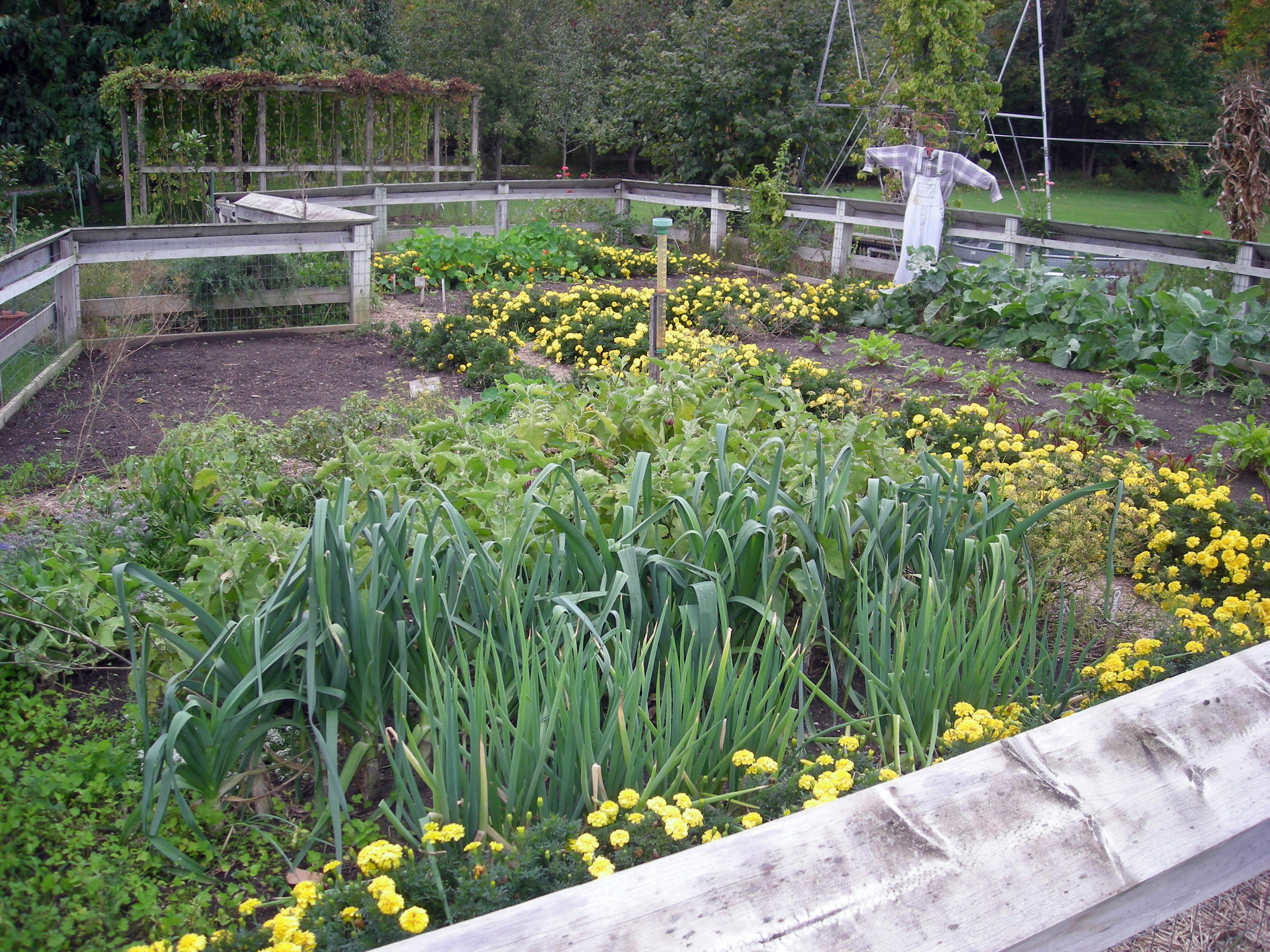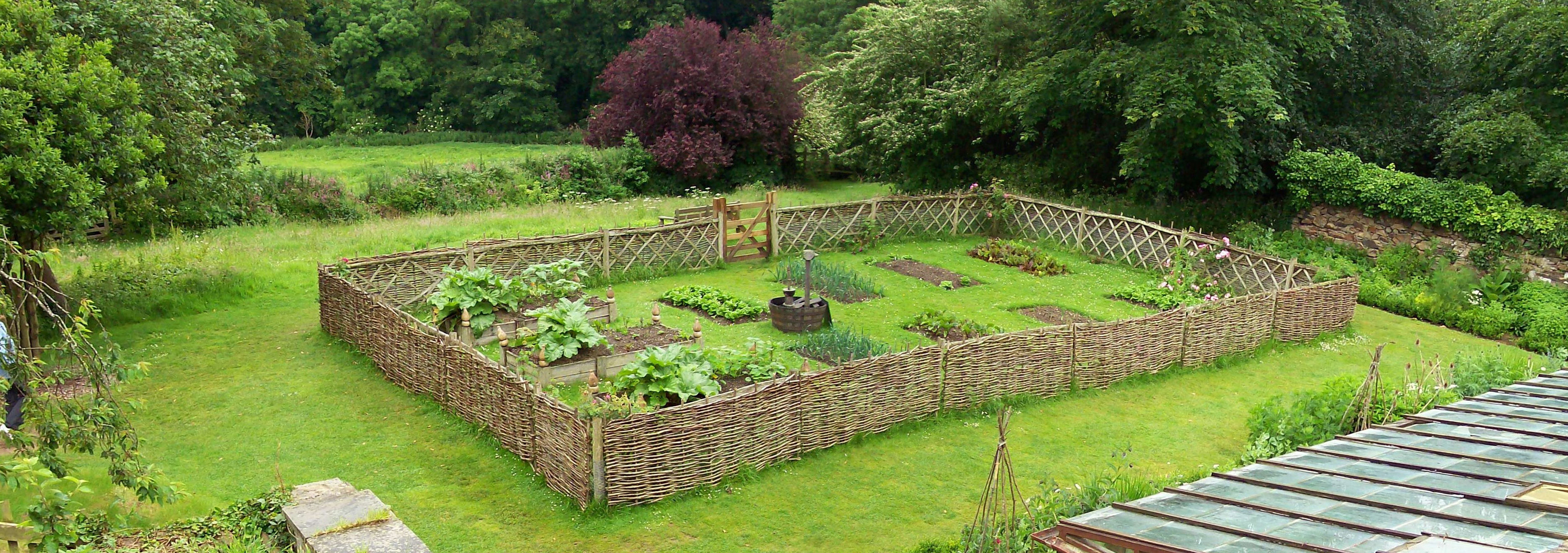By Sandra Nelson
Last year I battled groundhogs and squirrels for control of my yard. (It was a draw; neither side took complete control.) This year, they have added another ally to their side — a pair of devious raccoons. On the surface, they appear innocent, almost disarmingly cute with their black face masks and fluffy tails, but the reality is that they are formidable enemies who will stop at nothing to get what they want. The fact that they work at night and in tandem makes them especially difficult to thwart. When paired with the rest of the local urban wildlife, a human can definitely feel outclassed.
Determined to protect what I consider my territory, I researched every possible source I could find that even mentioned raccoons, hoping to find the magic bullet (strictly figuratively speaking – I live in the middle of the city) to rid my property of the little devils. While some of the suggestions required extensive (and expensive!) preparation, others were fairly easy to implement. Here are a few ideas that I have found to be effective so far this season:
- Clear the area of any trash and make sure trash can lids are tightly secured. Use chains and bunge cords if necessary.
- Wash the interior and exterior of your trash cans with a bleach solution every few weeks to get rid of food odors.
- Pick up any birdseed, berries or fruit on the ground each evening.
- Install motion lights to scare them away from food sources.
- Place a small radio tuned to an all night station in the garden. The sound of a voice may deter them.
- Use repellents. Ammonia soaked rags are an option as are homemade pepper sprays.
- Surround the garden with electric fencing that can be turned on in the evenings.
Since the battle with groundhogs also rages this season, I’ve included portions of a previous post that describes some of the more effective control methods for woodchucks. I hope that your battle with these critters is successful. I’ll be rooting for you!
If you use a live trap, it needs to be set about five feet from the main opening to the burrow and baited with tender greens. Make sure the trap’s door faces the opening and try disguising it with rocks and brush. Before releasing a woodchuck in a different location, check with city ordinances. Our town forbids releasing them in any public area and has a stiff fine if you get caught doing so.
Fumigating with smoke bombs, although a commonly used method, requires planning and preparation and a great deal of caution. It’s best to use a carbon dioxide smoke bomb in early spring for two reasons. One, the ground is usually still moist from winter and will clump together, holding the smoke in the tunnel more effectively. Two, woodchucks have not yet reproduced.
Before using the bombs, side entrances to the burrow need to be blocked. The front entrance will need to be quickly blocked once the lit cartridge is inserted so having a chunk of sod cut to size right can be helpful. Watch the tunnel to see if smoke rises from the ground. If it does, then you will need seal the cracks before re-inserting a cartridge. If the tunnel never reopens at any spot, then you know that you were successful and the groundhog is dead. If it does open, the woodchuck has evaded your efforts,
Poison peanuts are sold as a method to control woodchucks, but are not usually effective since groundhogs are herbivores. The peanuts can also be lethal for birds and other wildlife as well as children. Poison Peanuts have 3 generations of kill, meaning that any animal that eats the dead woodchuck may be killed, and if another animal eats the carcass, it may also die. If you do use poison peanuts, they need to be securely inserted deep inside the tunnel system. Even so the wood groundhog can die close to the surface or outside the burrow in easy access of other animals. As an advocate for a safe environment, I just can’t recommend using poison peanuts.
If eliminating groundhogs completely seems unlikely, as in my case, then controlling them becomes the next option. Fencing a small area can be extremely effective if and only if it is done correctly. A wire mesh fence standing at least two feet high above ground with no more than 2 inch x 4 inch openings is a good choice. (Woodchucks can squeeze through very small openings for the right meal.) Bury the fence at least a foot deep to block their digging and bend the top to a 90 degree angle to block their climbing. If you can, add an electric line around the top.
As a final line of defense against these pesky critters, consider planting species that are groundhog “resistant.” Groundhogs tend to avoid plants with strong scents and those with spiny foliage. Although a hungry woodchuck will dine on these plants too, they won’t be their first choice. I finally saved a few of my summer vegetables by inserting rows (and pots) of some these herbs and flowers among my vegetable plants and surrounding the area with an iris bed. This list is by no means exhaustive, but most are quite compatible with a vegetable garden.
Herbs
- Catmint
- Chives
- Lavender*
- Lemon Balm
- Thyme
Flowers
- Coneflowers
- Snapdragons
- Dianthus
- Yarrow*
- Nicotiana
- Iris
- Astilbe
- Daffodils
*prefers a drier soil
Original posting: m https://www.embassylandscape.com/blog/conquering-critters-in-the-garden-part-1-groundhogs/







